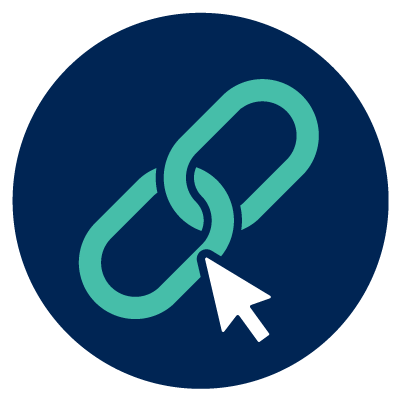Returning to work after injury or illness
If you’ve had time away from work due to your disability, injury, illness or health condition, you might be concerned about returning to your job. There are steps you can take to get the support you may need or make changes to your workplace.
Step 1: Get advice from your doctor
Visit your doctor and give them a copy of your job description or task list, so they understand what you do in your job. This will help your doctor tell you when you can return to work.
They might say it’s okay to return to work straight away or some time in the future. They might ask you to ease back into work. For example, at first you might work fewer days or hours, or have fewer duties.
If you are seeing a rehabilitation expert, you may also seek advice from them on when you are ready to return to work.
Step 2: Plan to meet with your employer
You know more than anyone else about what you can and can’t do due to your disability, injury, illness or health condition. Plan to meet with your employer to discuss your situation and what support you might need.
If you have a Inclusive Employment Australia provider, they can help you have the discussion with your employer.
Step 3: Review the essential tasks of your job
With your employer or Inclusive Employment Australia provider, review your job description and work tasks. You and your employer or Inclusive Employment Australia provider might think about:
- if you can still do all the essential tasks
- what other or different tasks you can do
- if you need any training
- if you need changes to work times or other flexible arrangements
- any workplace changes your employer can make to support you.
Changes in the workplace could include adjustments to your work area or new equipment or technology to support you. You might be able to get help to cover the cost of changes through the Employment Assistance Fund.
Find out more about types of reasonable adjustments.
Funding and support available
You and your employer might be able to get support to cover the cost of workplace adjustments through the Employment Assistance Fund. This includes a free workplace assessment to help work out what changes you need.
If you’re working and having trouble doing the essential tasks of your job because of an injury, disability or health condition, you may be eligible for support through Work Assist.
Step 4: Agree on a ‘return to work’ plan
Your employer might create a ‘return to work’ plan for you. Or a rehabilitation expert might prepare this. A plan could include:
- a new job title
- a list of your duties
- starting and finishing times
- break times
- any restrictions or recommendations – these might come from your medical certificate
- the supervisors or managers who will support your return to work
- a schedule for adding to your workload over time – if that’s the advice of your doctor.
Your employer might ask you to sign the plan to show that you agree and understand what you need to do.
If you have any concerns about your return to work, talk to your employer or Inclusive Employment Australia provider straight away.
Step 5: Consider training and other support
You and your employer might decide you need to do some training. For example:
- ‘refresher’ training on your current skills
- training if you need to learn some new skills – for example, if you return to work with different job tasks
- retraining in work health and safety procedures.
Mentoring or buddy programs can also help you in your return to work. This is when another employee gives you extra support, advice and feedback as you ease back into the workplace.
Ask if your employer has a program like this that you can take part in. If they don’t, you might be able to ask a co-worker to be your mentor or buddy.
Useful Downloads
Related pages
Last updated:
Practice makes perfect: Dr Lung’s swift return to work with support from JobAccess
After a cycling accident in early 2019 resulted in paraplegia, Jeremy Lung, a well-respected dentist from Sydney, felt like everything was taken away.
Returning to work after injury or illness
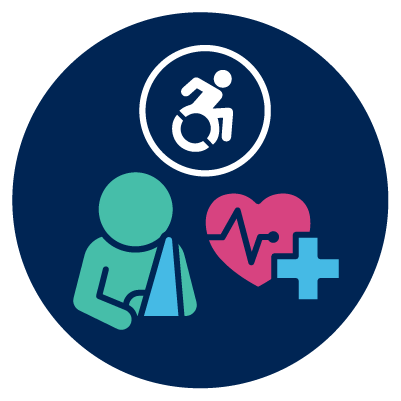
You can get support to return to work after you’ve spent time away because of your:
- disability
- injury
- illness.
There are steps you can take to get the support you need.
Step 1: Get advice from your doctor

The first thing you should do is visit your doctor.
You should give them information explaining:
- what your job is
- the tasks you do in your job.
This will help your doctor tell you when you can return to work.
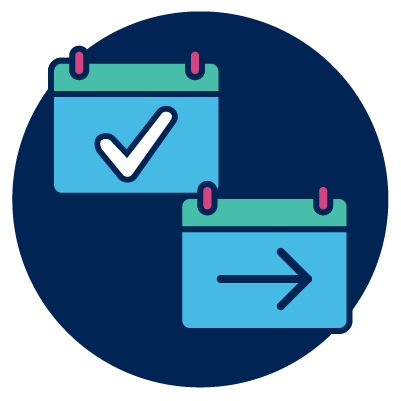
They might say it’s okay to return to work:
- straight away
- some time in the future.
They might ask you to return to work slowly.
You might start by working less hours than you used to.

If a health professional is helping you recover, you can also ask them when you could return to work.
Step 2: Plan to meet with your employer

You know more than anyone else about what you can and can’t do.
Plan to meet with your An employer hires people to work for them. to talk about:
- how you are
- what support you might need.
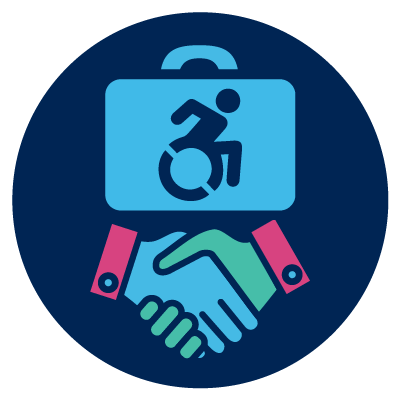
Step 3: Check the important tasks of your job
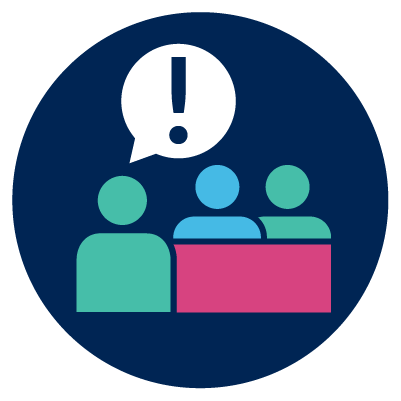
It’s a good idea to check which important tasks you need to do in your job.
You can figure this out with your:
- employer
- Inclusive Employment Australia provider.

You might also want to think about:
- if you can still do these tasks
- what other tasks you could do
- if you need training
- if you need to change how you do your job, like work at different times.

You can also think about if you need to change something about where you work.
For example, if you need new equipment.
You can find out more on our page about making changes in your workplace.
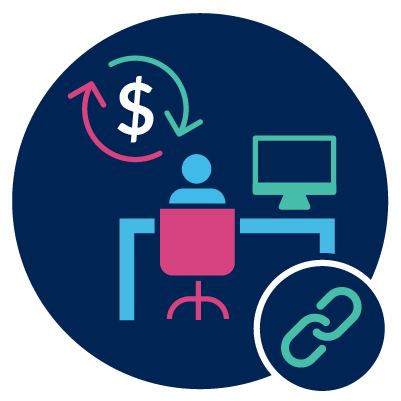
You might be able to get support through the The EAF can cover the cost of supports and services so people with disability can do their job and get help with finding a job.
The EAF can:
- cover the cost of changing where you work
- check what supports you need for free.
You can find out more on our page about funding for changes in the workplace.
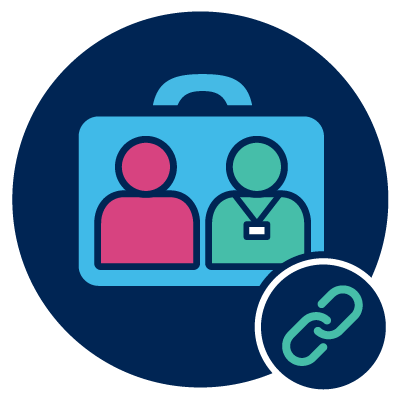
You also might be able to get support through Work Assist to keep doing your job.
You can find out more on our page about how Work Assist can help.
Step 4: Agree on a plan
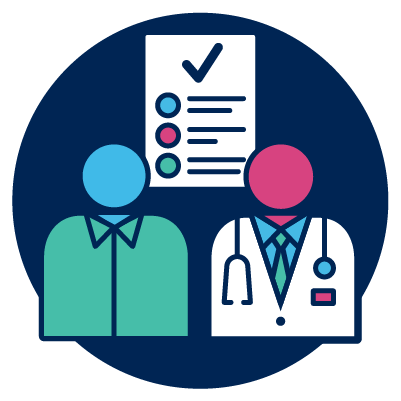
Your employer might make a plan for you to return to work.
Or your health professional might make it instead.
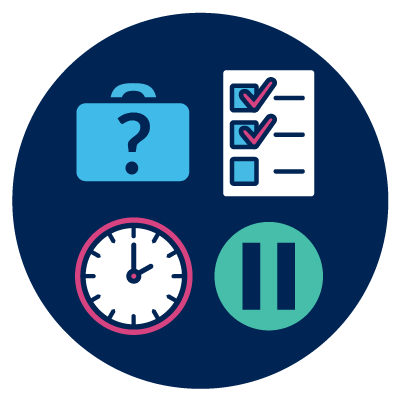
It could include:
- what your new job is
- what tasks you’ll do at work
- what time you’ll start and finish work
- when you need to have a break.
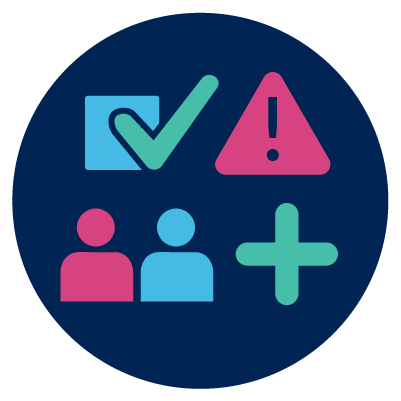
It could also include:
- anything you should do
- anything you can’t do
- how your co-workers will support you
- when your manager can add other tasks to your job, if your doctor agrees.

Your employer might ask you to sign the plan to show that you:
- agree to it
- understand what you need to do.
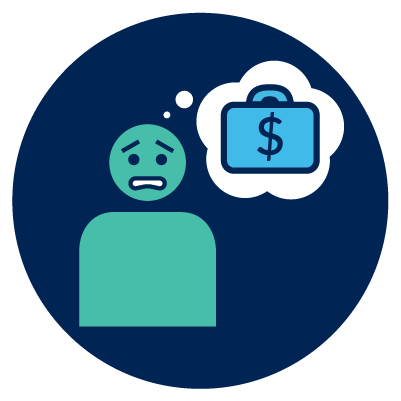
If you’re worried about returning to work, it’s a good idea to talk to your:
- employer
- Inclusive Employment Australia provider.
Step 5: Think about training and other support
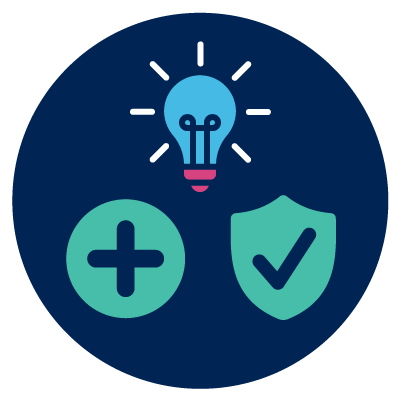
You and your employer might decide you need to do some training.
For example:
- building on the skills you already have
- training to learn new skills
- learning about how to be safe at work.

It can also be a good idea to take part in a program where a co-worker gives you extra:
- support
- advice.
This can help you feel more comfortable when you come back to work.

You can ask your employer if they have a program like this.
If they don’t, you could ask a co-worker to support you when you come back to work.


